Monino Aviation Museum. Aircraft design bureau A.N. Tupolev. 2 part
ANT-2 - the first all-metal aircraft of our country and the second aircraft, created under the leadership of Andrei Nikolaevich Tupolev. We have not yet had any experience in building such aircraft, but the twelve-month work was completed successfully, and 26 on May 1924 r on the Khodyn aerodrome, Pilot Engineer N. I. Petrov made the first flight on ANT-2.
ANT-2 was a double passenger free-carrying monoplane with a top wing. The design of the machine was made entirely of metal: aluminum mail-pipes, profiles and corrugations. All surface cladding was corrugated. The alloy “chainmail” is named after the city Kolchugino, where it was developed on the basis of the plant to them. Ordzhonikidze. Domestic engines have not yet been, so they used imported 3-cylinder "Bristol-Lucifer" air cooling power 100 hp, with which ANT-2 with take-off weight 836 kg developed the maximum speed 170 km / h. The maximum ceiling was 3 300 m.
The fuselage had a triangular cross-section, delineated around the figure of a seated person. At the top, the width corresponded to the width of the shoulders, tapering downwards so that you can freely put your feet. Passengers sat facing each other, knees touching. The pilot was located above the engine, in an open cockpit, his head stuck out, and a celluloid visor was installed to protect against the wind. The civil air fleet showed interest in this aircraft, the question was raised about its mass production, but it was prevented by the absence of engines of such power. A total of 5 ANT-2 aircraft were built.
ANT-25 (RD)
ANT-25, or taxiway (distance record) was conceived as a distant aircraft capable of breaking the French world record, equal to about 10 000 km. Pavel Osipovich Sukhoi was appointed lead designer for ANT-25. In addition to the record, the military version of the ultra-long bomber was also envisaged. The first flight took place 22 June 1933 g. To get on the prototype range over 7 000 km could not succeed. All winter 1933 / 1934 r was working on fine-tuning. Success surpassed expectations: control flights showed that we can hope for a distance of about 13 000 km.
Before responsible flight, it was decided to check the aircraft on a closed route, not too far from Moscow. 10-12 September 1934. Pilots M. Gromov and A. Filin with navigator I. Spirin, flying the ANT-25 along the Moscow-Ryazan-Kharkov triangle, covered the 75 12 km distance in 411 hours. But the International Aeroclub claimed a record for long-range flights only on the condition that it was carried out in a straight line. It was decided to perform a record flight from Moscow via the North Pole to the USA. To take off a heavy aircraft at the airport, the unpaved runway was replaced by a concrete runway, on which a special “slide” was made to reduce the takeoff run. The flight began in the morning of August 3 1935. The crew of the vehicle consisted of pilots S. Levanevsky and G. Baidukov and navigator V. Levchenko. When the plane passed 2 000 km and was located above the Barents Sea, signs of oil release appeared. Levanevsky turned back and landed near Novgorod. Preparation for the flight, start and flight over the territory of the Union and the Barents Sea were widely covered by the press. Naturally, the unfortunate end caused many stinging responses abroad.
The crew that had been formed (now V. Chkalov) was asked to fly without leaving the country, but under conditions approaching the route of the future flight through the North Pole. 20-22 July 1936 crew V. Chkalov, G. Baidukov and A. Belyakov on ANT-25 for 56 h 20 mines flew 9 374 km on the route Moscow - Franz Josef Land - Petropavlovsk-on-Kamchatka - Udd Island near the mouth of the Amur River.
After such a successful check, it was decided that you can fly through the pole to the United States. June 18, 1937 the red-winged ANT-25 with the crew of Chkalov went to his historical flight. Three days after the start, on June 20, the ANT-25, breaking several cyclones, when the plane began to icy in the clouds and was forced to bypass some of them, covered 63 km (in a straight line 16 km) in 11 h 430 min and landed near Portland.
12 July 1937, the second aircraft starts in the United States. Having passed 62 h 17 min 11 500 km (in a straight line), the pilots M. Gromov, A. Yumashev and the navigator S. Danilin put their red-winged car on the very border between the USA and Mexico, near San Jacinto. At that moment, there was so much petrol left in the tanks of their aircraft that they could fly another 1 400 km. The continuation of the flight was prevented by the absence of a diplomatic agreement with Mexico, yes, in fact, it did not matter, because the French record was exceeded. The world record for flight range was won by the Soviet Union.
The ANT-25 is an all-metal single-engine monoplane with a wingspan of 34 m. The wings of the ANT-25 differed in principle: the giant gasoline tanks seven meters in length were an organic part of their design. The mass of gasoline (more than 5,5 tons) was almost 1.5 times the mass of the car itself. The wings were made of corrugated duralumin, covered with a percale canvas on the top, well painted and polished to reduce drag. In this case, the wing in 2,5 times the length of the fuselage. In the event of a forced landing on the water, rubberized air-filled cylinders were placed in the wing, which provided the aircraft with sufficient buoyancy. ANT-25 was the first machine on which they put a retractable landing gear with oil absorbers and an electrified lift, a propeller anti-icing system and a navigation system providing a “blind” flight. Engine M-34Р hp 950 Maximum take-off weight - 11,5 t. Maximum speed - 246 km / h. A total of 16 ANT-25 aircraft were built.
Tu-4
The Tu-4 is a long-range, heavy strategic four-engine bomber, according to the NATO codification "Bull" (Bull).
The design is an exact copy of the American aircraft Boeing B-29 Superfortress, which is equipped with modern equipment of its own production. In July, 1947 showed three new cars to the public at the Tushino air show parade. To speed up the production of Tu-4 decided to do without a prototype and the car went into mass production before the end of the test. By the end of the same 1947, the 20 planes had already been assembled and flight tests began. Four piston 18-cylinder air-cooled engines rated for 2 400 HP allowed the Tu-4 bomber to reach a maximum speed of 558 km / h. The maximum take-off weight was 54 500 kg, the maximum range of flight - 6 200 km.
Bomb load total weight 6 t (in the overload mode - 8 t) was placed on the inner suspension in the fuselage. To protect against fighters, the bomber had five paired 23-mm gun installations. The cannons were located in four fuselage rotating turret turrets (two on top of the fuselage and two on the bottom) and in the tail turret. Fuselage turrets had remote control from any post. If necessary, one member of the crew could fire simultaneously.
The three sealed cabs housed a crew of 11 people (ship commander, co-pilot, scorer, navigator, mechanic, radio operator, on-board radar operator, 4 gunner). The front and middle pressurized cabs communicated with each other by cylindrical herdias (laz-tunnel) with a diameter of 710 mm and a length of 11 m. In the average pressurized cabin, among other things, two berths for crew members were made.
Tu-4 was the basis of strategic aviation The USSR during the Cold War and was in service with long-range aviation of the USSR Air Force from 1949 to the early 1960s. Tu-4 became the first Soviet nuclear carrier weapons and the latest in our country serial long-range heavy bomber with piston engines. On this plane for the first time all the elements of the equipment were consolidated into the system.
Tu-16
In mid-June, 1950 began work on the 88 aircraft project, and in 1952, the prototype aircraft made its first flight. Even before the end of state tests, it was decided to launch the 88 aircraft, which received the Tu-16 designation into mass production, which began in 1953. The Tu-16 was the first heavy transonic strategic bomber with the world's two most powerful turbojet engines. The Tu-16 also became the first Soviet long-range swept-wing bomber (35 swept hail).
The Tu-16 aircraft was equipped with two AM-3M turbojet engines with a 9 650 kg engine mounted on the sides of the junction of the wing with the fuselage and the engines air intakes passed through the wing. The main landing gear for the first time had four-wheel trucks. In order to protect the stern of the vehicle during rough landing, a tail rest — a heel — was used in flight. The fuel was placed in 27 fuselage and flat tanks with a total capacity of 43 800 liters.
The bomb load of the aircraft was 3 t (maximum - 9 t). The defensive armament consisted of seven X-NUMX-mm AM-23 cannons: three two-gun remote tower installations (top, bottom and stern) and one fixed gun in the bow. The American Air Forces for the strong defensive armament gave the Tu-23 bomber the codename Badger (Badger). Tu-16 had a number of modifications: a scout with photographic equipment in the bomb bay, a tanker with an additional fuel tank, a torpedo bomber, a radio jammer. In the Soviet air force, the Tu-16 became the first truly massive long-distance carrier of atomic weapons, and, moreover, the first long-range high-speed rocket carrier aircraft. For the first time for aircraft of this type, a wing-to-wing flight refueling system was developed and put into practice. The crew consisted of six people: the commander, co-pilot, navigator, second navigator (navigator-operator), air gunner-radio operator and commander of fire installations (operator EW).
The Tu-16 bomber was mass-produced from 1953 to 1963. three domestic aircraft factories. A total of eleven production variants of the 1 509 machines were manufactured. He was in service with the USSR, Russia and the CIS countries for about 50 years. Also was in service with Egypt, Iraq, Syria and Indonesia, and even made in China. Maximum take-off weight - 79 000 kg. Maximum flight range - 7 800 km. Maximum speed - 1 050 km / h. Practical ceiling - 12 300 m. Tu-16 served as the basis for the creation of the first Soviet jet passenger aircraft Tu-104.
Tu-114
Serial production of the passenger aircraft Tu-114 began in 1958. In the same year at the World Exhibition in Brussels, he was awarded the highest award - "Grand Prix". With 1960, the regular operation of the Tu-114 on the Moscow-Khabarovsk line began.
The Tu-114 passenger aircraft became the development of the Tu-95 bomber. Four NK-12 turboprop engines with two coaxially rotating screws with a total power of 60 000 hp exceeded the power of the atomic power plant of the icebreaker "Lenin". At that time, the Tu-114 was the largest passenger aircraft in the world: height - 15,5 m, length - 54 m, wingspan - 51 m. In the normal version (with 175 tons take-off mass), he could take on board 170 passengers (flight Moscow - Khabarovsk), and when working on less long lines - up to 220 people. Cruising speed reached 850 km / h and was the largest for all turboprop aircraft in the world. The payload was also the largest - up to the 22,5 T. Its flight range without landing was also greater than that of any other passenger aircraft of that time - 7 000 km at maximum payload. In the USSR, the plane had no competitors in economic efficiency.
In the double-deck fuselage, passengers were located on the upper deck, and the luggage compartment, the crew lounge and the kitchen were located on the lower deck. The crew consisted of 5 people, and passengers were served by 6 flight attendants. From the late fifties to the replacement of its turbojet Il-114, the Tu-62 aircraft was the recognized flagship of civilian air fleet countries. It was operated for many years on long lines, such as Moscow - Havana, Moscow - Khabarovsk, Moscow - Tokyo, and it was by flying on this machine that traffic was opened on the Moscow - Havana line. On the Tu-114, 32 world speed records were set for aircraft of this class. The aircraft was decommissioned in 1976. A total of 32 Tu-114 aircraft were built.
Tu-22
The Tu-22 jet long-range supersonic bomber (according to the NATO codification "Blinder" (Blind) was intended for delivering bombing attacks on stationary, marine and limited mobile targets. The aircraft was special in the lower part of the keel. The propulsion system consisted of two turbojet engines RD-7М2 with 11 000 kgf on nominal and 16 500 kgf on afterburner. The engines featured a strong smoky exhaust. To reduce the takeoff run from the bottom of the fuselage, there were mounting starters propellant rocket boosters with a thrust of 3 500-5 500 kg each.
Tu-22 could take a bomb load up to 9 t. To protect the rear hemisphere, a DK-20 gun mount with a P-23 gun (262P) caliber 23 mm, rate of fire up to 2 800 shot / min was used.
The Tu-22 bombers were built at the Kazan Aviation Plant No. 22 from 1959 g. Almost immediately after the start of mass production, it became clear that the Tu-22 did not meet the requirements for speed and range. In addition, numerous defects and shortcomings were identified, several serious accidents occurred. Tu-22 was very difficult to pilot. Due to landing gear defects, strong vibrations often occurred during landing that caused one of the landing gears to fold. The cabin was very uncomfortable, the pilots had a very bad view, they could not reach many toggle switches and control levers. At high speeds, due to poor engine layout, the car became difficult to control. The power plant had a lot of flaws. Due to the heating during flight, the skin was deformed. Work the plane could only by the beginning of the 70-ies. In long-range aviation, this was the only heavy (with a landing weight in the 60 T area and a touch speed of 320-330 km / h) a production aircraft with a "single" crew - without a second pilot and without a second navigator.
Since 1960, all major aircraft modifications were in the series: Tu-22A (bomber), Tu-22Р (reconnaissance), Tu-22К (missile carrier), Tu-22П (aircraft of electronic warfare) and Tu-22У (training bomber). Serial production of the aircraft type TU-22 continued at the plant number 22 until December 1969, in total 311 aircraft of this type were built. Although the Tu-22 proved to be the most emergency aircraft of the Soviet Air Force (it crashed about 1975 machines only before 70, and this is the 20% of the fleet), it flew to 1994 Russia’s Tu-22 in the Iranian-Iraqi war in Afghanistan, in several conflicts in Africa.
Tu-128
Long-range supersonic loitering interceptor Tu-128 (on the codification of NATO «Fiddler» (Street violinist) is based on a supersonic bomber Tu-98. It was intended to reflect the probable raid US bombers (such as B-52) from the Arctic areas, so these aircraft arrived in part, it is deployed in the North.
The first flight of the prototype interceptor Tu-128 took place on 18 in March of 1961. Next year, its mass production began, and before 1970, 188 aircraft were built.
The power plant consisted of two turbojet engines with an afterburner AL-7F-2; The maximum thrust on the outrun mode is 6 900 kgf (the thrust at the afterburner is 10 100 kgf). The Tu-128 became the first production Tu aircraft with an irreversible booster control system.
Armament Tu-128 were four self-guided air-to-air missiles P-4 / K-80. To increase combat effectiveness, two missiles were equipped with semi-active radar homing heads (for an attack from the front hemisphere), and the other two were equipped with thermal homing heads (for an attack from the rear hemisphere, as well as in terms of radio interference). The high-explosive warhead of the rocket had a mass of 53,5 kg. The detection range of a typical target was 50 km, the capture range was 35-40 km, and the missile launch range was 20-25 km. It provided for the possibility of salvo, two and four missiles, launch. At that time, the Tu-128 weapons system was superior in all parameters to the system of all other air defense aircraft: it was the missile launch range, the height of the targets hit, the full attack range, the capture range and the detection of targets. The only combat operation of the Tu-128, publicized, was the destruction of NATO reconnaissance probes.
With an aircraft length of 30,06 m, its maximum take-off weight reached 43 000 kg. It is still the largest (but not the heaviest) serial interceptor in aviation history. The large size of the airframe was dictated by the need to place a significant amount of fuel in order to achieve high range parameters and flight duration. The total mass of fuel housed in ten soft fuselage tanks and two wing coffer tanks was 15 500 kg. Each Tu-128 engine was powered by its own group of tanks, the uneven production of fuel from which led to the roll of the aircraft in one direction or another, the emergence of moments on the cabrio or dive. But due to this fuel supply, the Tu-128 could patrol for 2,5 hours at a distance of 1 100 km from the airfield.
The car was very strict on landing. Careful "aiming" began somewhere for 20 km to the runway, and if the long-range drive (4 km) plane passed with a course error of more than 3 hail, then landing was forbidden, and the approach was repeated. Tu-128 aircraft were actively used by Soviet air defense aircraft until the end of the eighties, until it was completely replaced by the MiG-31. The museum presents the only built prototype aircraft "128" with mock rockets.
Tu-22M
10 April 1969 was built the first prototype of a long-range jet supersonic bomber Tu-22M ("product 45-00", according to NATO codification "Backfire"). The wing of the aircraft had a variable geometry and, depending on the flight mode, was rearranged at angles from 20 ° to 65 °. The first flight of this aircraft took place on 30 in August of the same year (the crew commander is V. P. Borisov). To cope with the large amount of development work, it was decided to use for testing an experimental series of 10 aircraft. They received the designation Tu-22М0, and such a plane is represented in the museum.
The crew of four was located in two cabins. Most of the crew’s operations to control the aircraft and use weapons were automated, and the “manual control” of the aircraft systems involved pressing buttons or toggle switches in the cockpit in a given sequence.
Experienced Tu-22М0 aircraft were equipped with two dual-circuit turbojet engines with an afterburner NK-144-22 with a total thrust 40 000 kgf in the afterburner. To increase the thrust of the aircraft in the tail of the aircraft could be suspended two (sometimes four) launch powder accelerator. The plane had nine groups of fuel tanks with a maximum refueling capacity of up to 67 700 liters.
In connection with the dimensions of the X-22 cruise missile larger than the cargo hold of the aircraft, the latter was suspended from the fuselage holder in a semi-submerged position. The plane did not have defensive weapons. A container parachute was placed under the keel, which was abandoned on the third series of aircraft and replaced with a cannon mount to protect the rear hemisphere.
To ensure the possibility of landing on unpaved airfields, the three-axle bogies of the main chassis were made with a sliding middle pair of wheels.
Until the end of 1972, the release of the experienced Tu-22М0 in the number of 10 aircraft was completed. In December, the 1969 of the year at the second stage of the development of the Tu-22M, a decision was taken to modernize the Tu-22М0 to the Tu-22М1.
Tu-144
The first flight of the world's first supersonic passenger aircraft Tu-144 took place on December 31 1968, and lasted 38 minutes. On this occasion, the French newspaper "Paris Press Entrance" wrote: "The flight of the Tu-144 is a historical date in aviation, marking the exit of the Soviet Union to the first place in the construction of supersonic passenger aircraft." 5 June 1969 at the height of 11 000 meters The Tu-144 became the first passenger airliner in history to break the sound barrier. In the course of further testing of 26 in May 1970 g, for the first time in aviation history, a civilian passenger aircraft reached the number M = 2 - speed 2 150 km / h at a height of 16 300 m. In the autumn of the same year at a height of 17 000 m, the speed 2 430 km / h was reached .
Serial production of the aircraft began in 1969. From October 26, the aircraft began to make commercial cargo flights on the Moscow-Alma-Ata line, but only from November 1975 1 g began flying with passengers along the same route. The flights were carried out only by two planes and only once a week - on Thursdays. If a normal subsonic plane ticket to Almaty cost 1977 rubles, then it cost the Tu-62 in 144 rubles (with an average salary of 80 rubles). But already 150 of June of the following year the flights were stopped, which was associated with economic inexpediency and environmental considerations. However, until 1 in Voronezh, the construction of new Tu-1984 aircraft continued. As a result, only 144 from 2 of the built Tu-16 passenger planes managed to work for 144 months for its intended purpose - the transport of passengers.
A distinctive feature of the world's first supersonic passenger aircraft Tu-144 was the use of a delta wing with a "broken" front edge. The crew cabin flush inscribed in the fuselage lines and did not have a protruding lantern. To improve visibility during takeoff and landing, the nose section was deflected down to 20 hail, revealing the cockpit windscreens. The nose cone is equipped with six longitudinal elongated side windows that provide visibility forward during its rise and in cruising flight. In the event of an accidental failure of the bow deflection mechanism, a periscope is installed for forward vision. To improve the take-off and landing characteristics, front horizontal tailing retractable in flight around 3 was used. Four-fold redundancy of all main systems was applied on the Tu-144. The tail tanks in conjunction with the nose tanks were used to provide the desired centering of the aircraft when passing through the sonic velocity, when the fuel from the nose tanks was pumped into the tail tanks. Full aircraft refueling was 115 200 liters of fuel. On the Tu-144, the 13 of world aviation records was set.
Tu-95MS
At the end of the 1970-ies on the basis of the long-range anti-submarine aircraft Tu-142M a strategic missile carrier was created, called Tu-95MS. In 1981, the missile carrier was launched into serial production at the Kuibyshev aircraft plant, and before 1992, they produced 90 aircraft.
The Tu-95MS was equipped with a multi-position drum-type launcher designed for six X-55 compact long-range subsonic cruise missiles (2 500 km range) with a nuclear warhead. Equipping the aircraft and the usual free-fall bombs were allowed. The defensive armament of the bomber consisted of two 23-mm guns GSH-23 or GSH-23L.
The NK-12MV engine mounted on the Tu-95MS is still the most powerful turboprop engine in the world. Each of the four engines has two metal coaxial four-bladed screws. The design of the screws and the high power of the engines causes their incredible noise. The Tu-95 is one of the noisiest aircraft in the world; it is easily traced even by the submarine hydroacoustic systems.
The missile carrier was equipped for refueling in flight using a hose-cone system. 30 July 2010 on the Tu-95MS was set a world record of non-stop flight for production aircraft - in 43 hours bombers flew around 30 000 km over three oceans, refilled four times in the air.
For the first time in their service, Tu-95MS were involved during the Russian military operation in Syria (from 17 to 20 in November of 2015).
Tu-141 "Swift"
The reusable operational-tactical reconnaissance unmanned aerial vehicle Tu-141 Strizh was part of the VR-2 Strizh complex and was intended for reconnaissance to a depth of several hundred kilometers from the front line at transonic speeds. It was equipped with means of photo- and infrared reconnaissance, which made it possible to use it under any conditions and at any time of the day. First flight drone took place in 1974
The Tu-141 was an all-metal low plane, which was created according to the “tailless” scheme. The wing sweep was 58 °. Vertical tail was exposed with an 52 ° sweep along the leading edge. The aircraft was controlled by the rudder and two-section ailerons, which were located on the wing. The fuselage is made in the shape of a cylinder with a diameter of 950 mm. In the field of the power plant, the fuselage was oval. During the transportation of the drone, the wing wings were folded upright to reduce the size of the vehicle.
The first installation batch of unmanned aircraft in the number of 10 units was equipped with engines such as Р9А-3000 НР-17, and then, after mastering the KP-17А series with a static thrust equal to 2 000 kgf, the Kharkov aircraft plant switched to the mass production of the aircraft-racer aircraft, which had a reconnaissance plane 141 15, and the Kharkov aircraft plant switched to the mass production of the aircraft-racer aircraft, which had a reconnaissance plane XNUMX XNUMX kgf, transferred to the Kharkov aircraft-racer aircraft for the mass production of the aircraft-racer aircraft, which had a racer-XNUMX XNUMX, switched to the serial production of the aircraft-racer aircraft, which had an overhead rocket system, and which had a reconnaissance aircraft. The launch of the reconnaissance aircraft was carried out from the TPU-XNUMX transport-launcher using a launching solid-fuel accelerator mounted under the tail section of the fuselage. Preparation time for start-up from the state of duty took XNUMX min. Landing drone was carried out using a parachute system (braking and landing parachutes). It was located in the fairing above the engine nozzle. Aircraft landing gear type, tricycle, produced during landing. The aircraft had a system responsible for shooting a landing parachute, and a solid-fuel braking powerplant, which was turned on at the final landing stage.
The BP-2 Strizh complex was produced at the Kharkov aircraft factory from 1979 to 1989. and was in service with the USSR Air Force until 1991. In total, the 152 of the Tu-141 was released. It was stationed mainly on the western border of the USSR. After the collapse of the USSR, the Strizh complexes remained in the locations of the countries in which they were stationed (the former western republics of the USSR).
- Boris Perevozchikov
- from personal archive
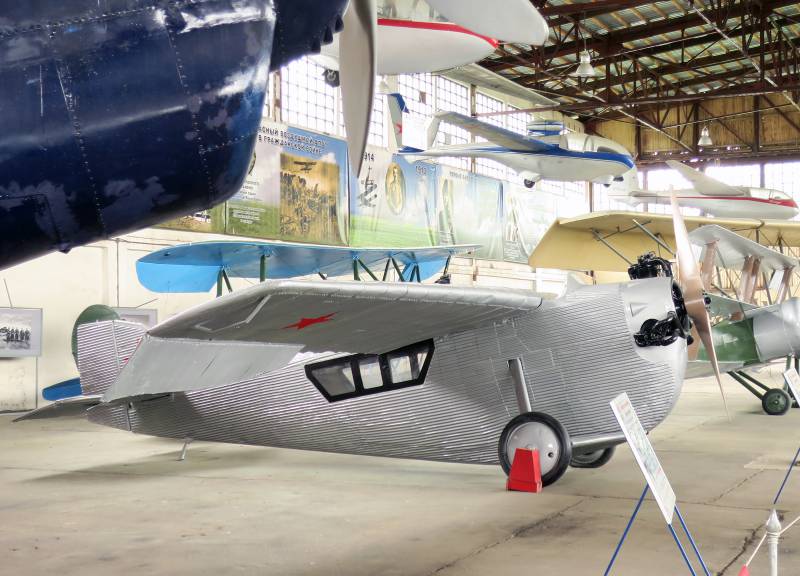
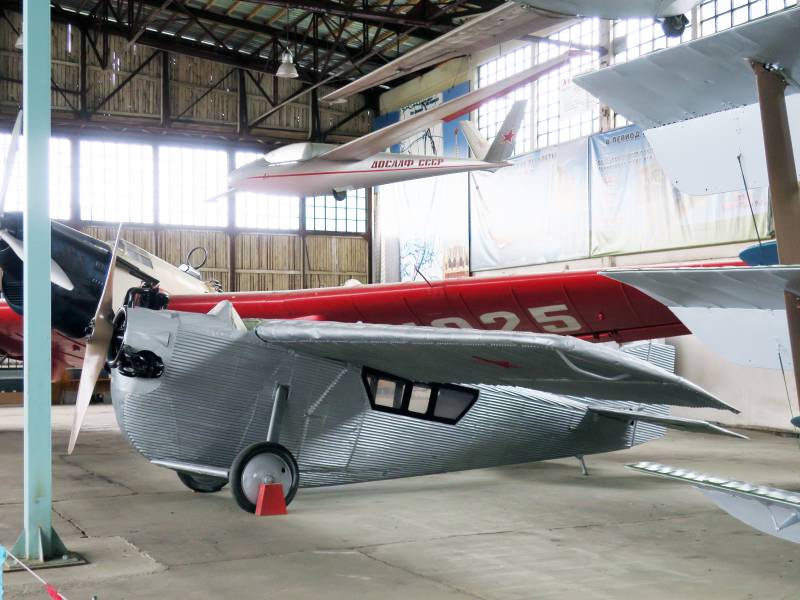
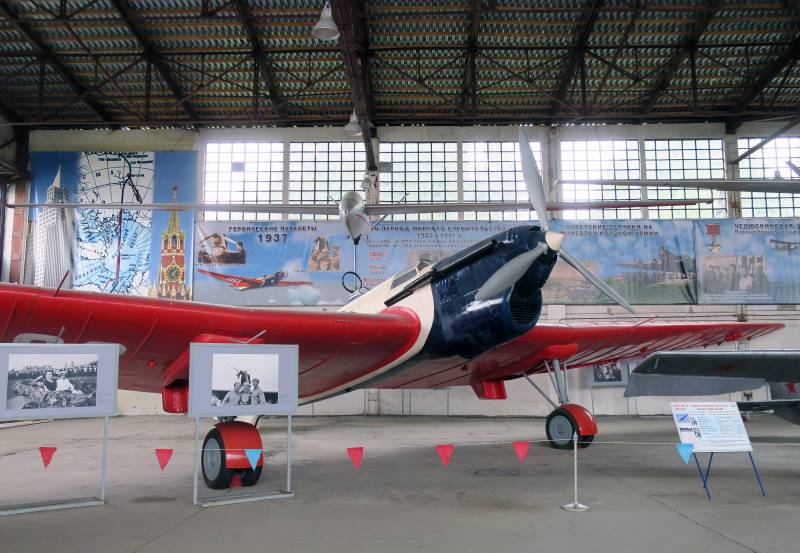
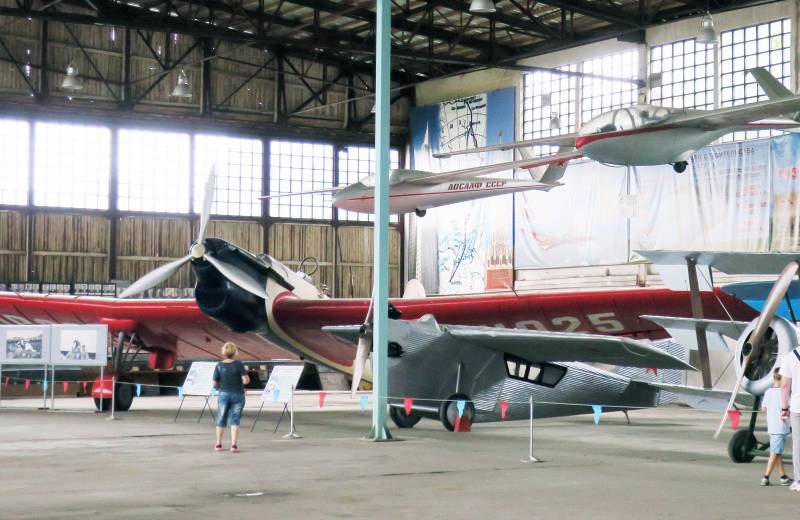
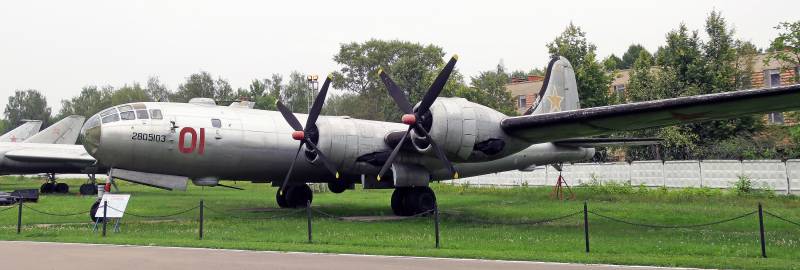
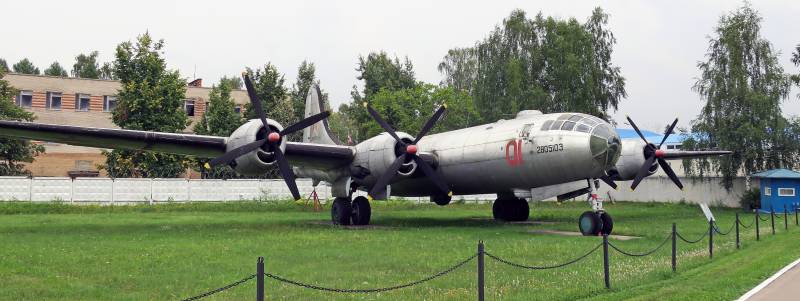
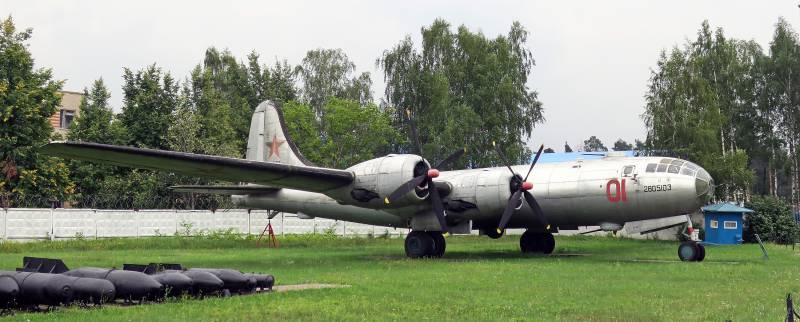
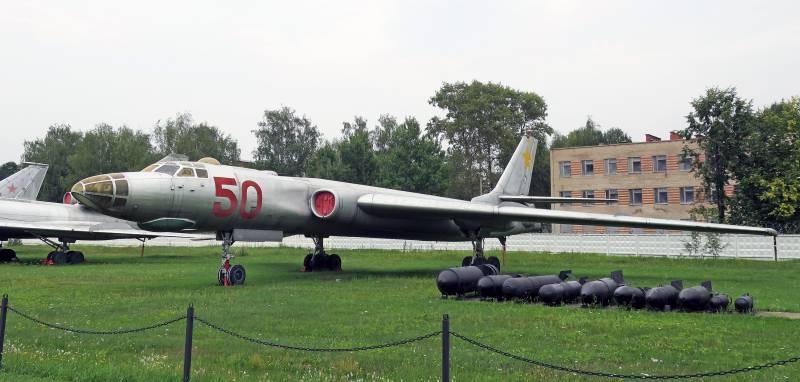
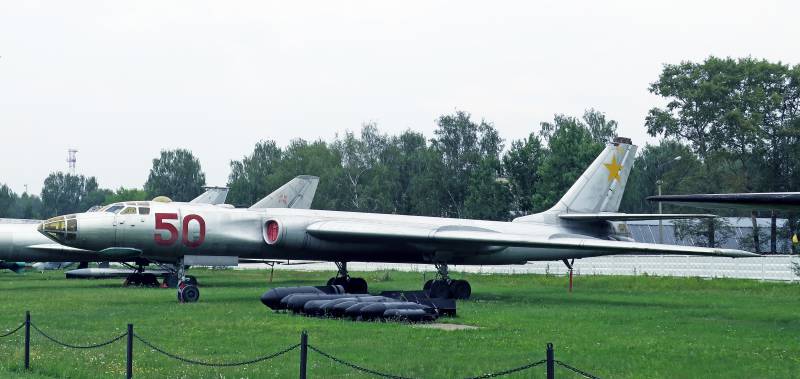
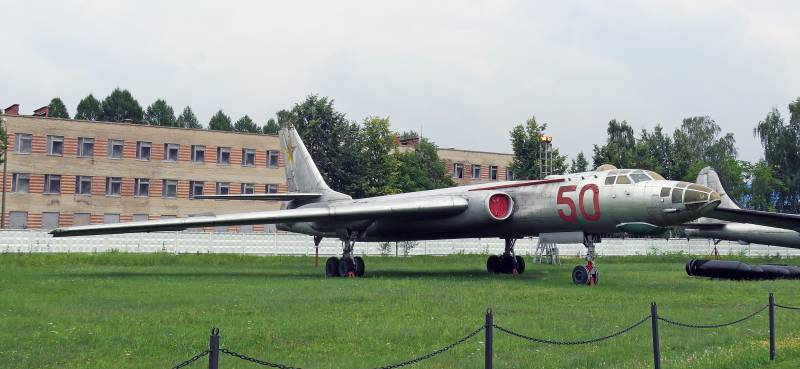
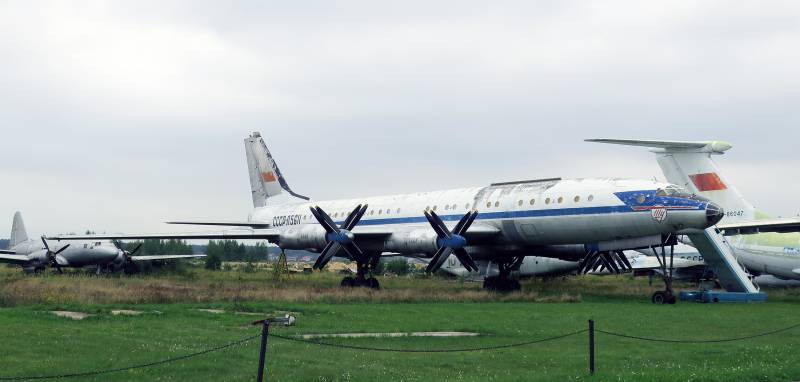
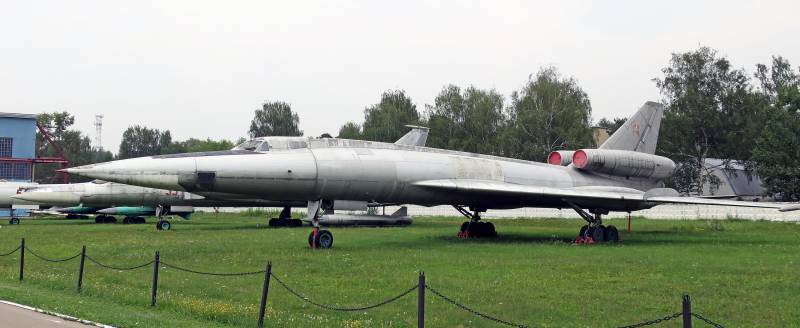
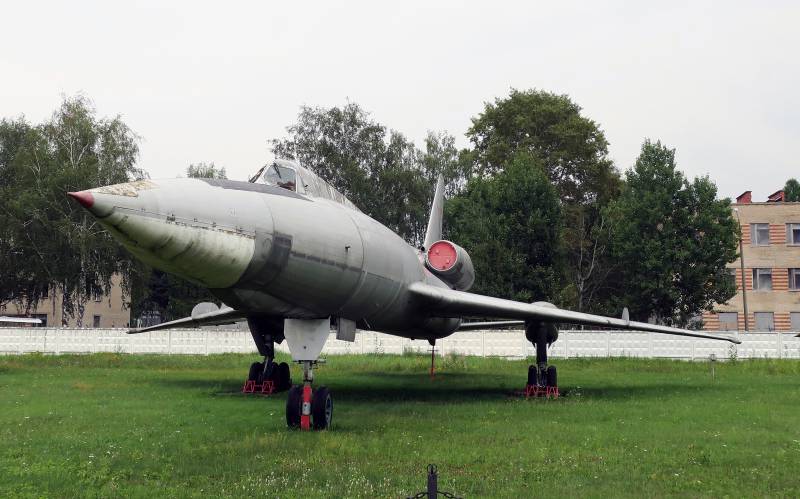
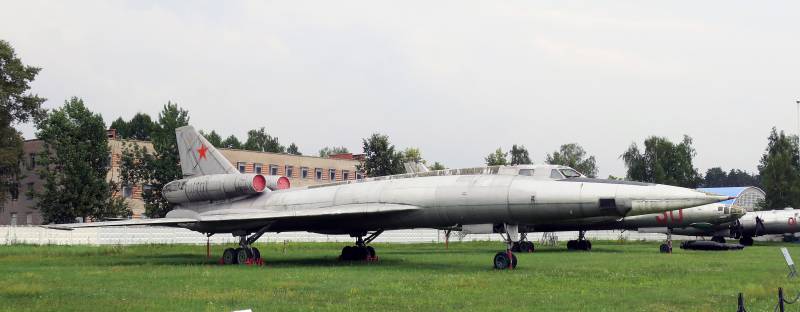
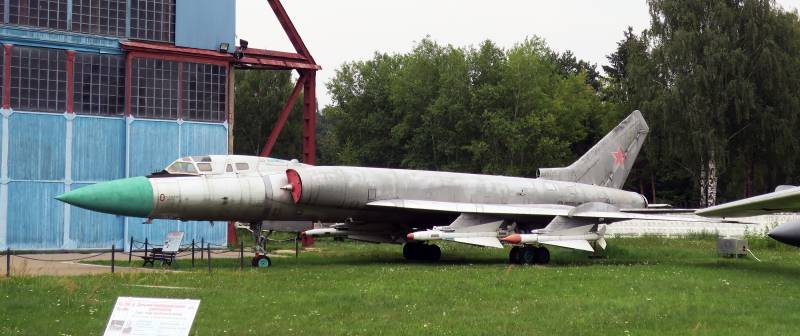
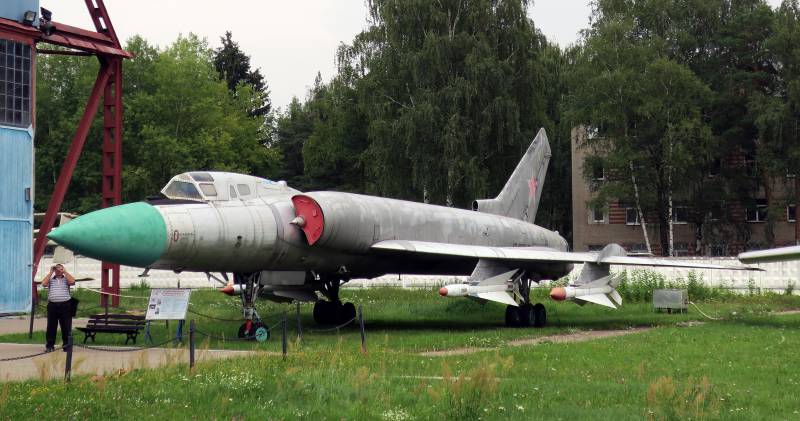
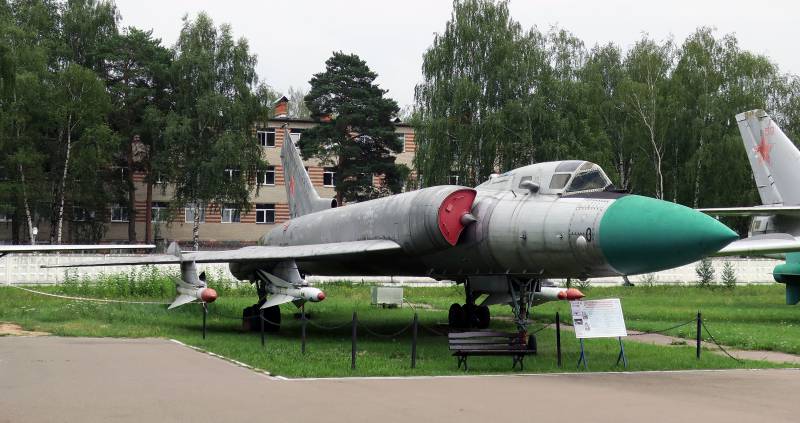
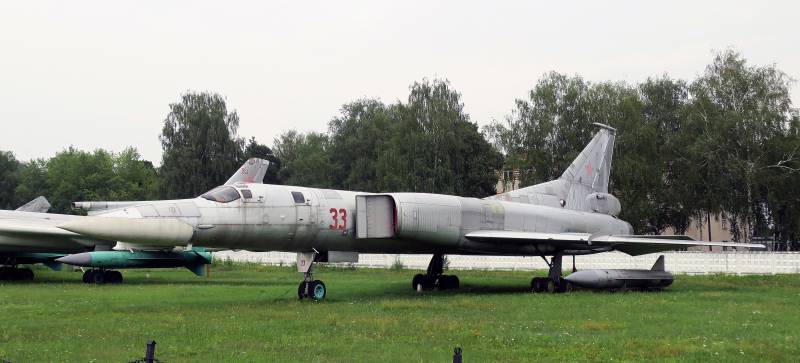
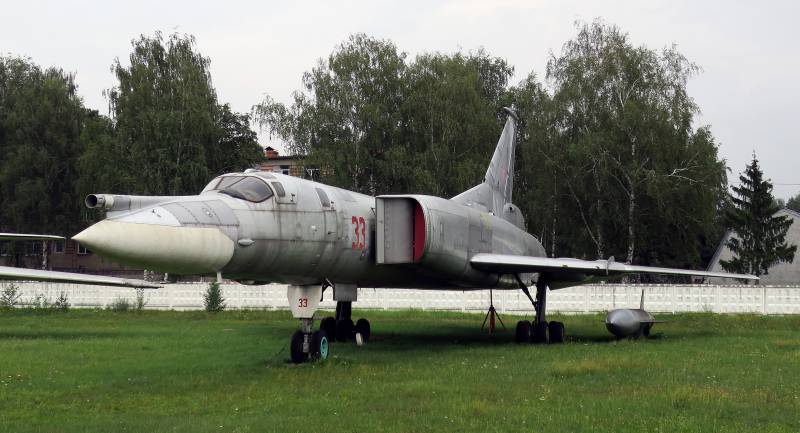
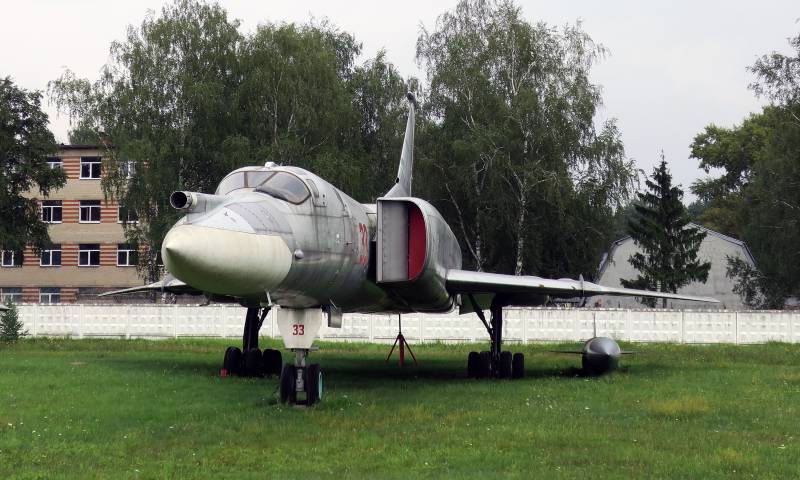
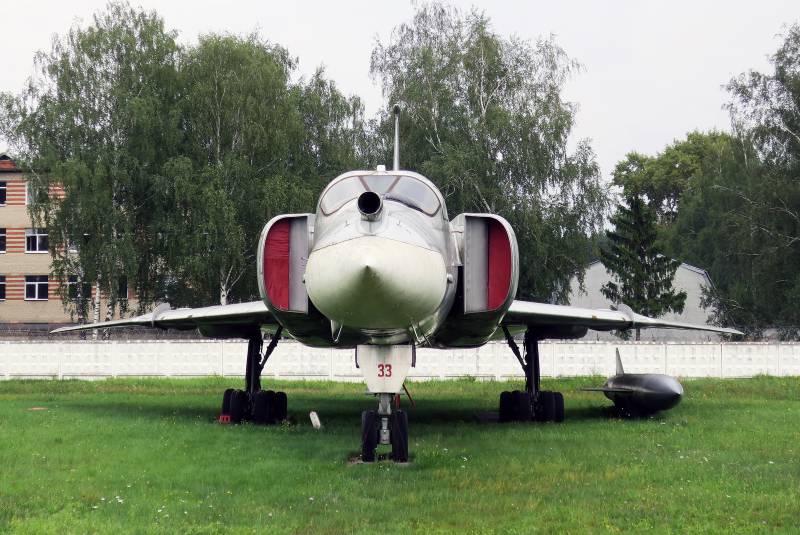
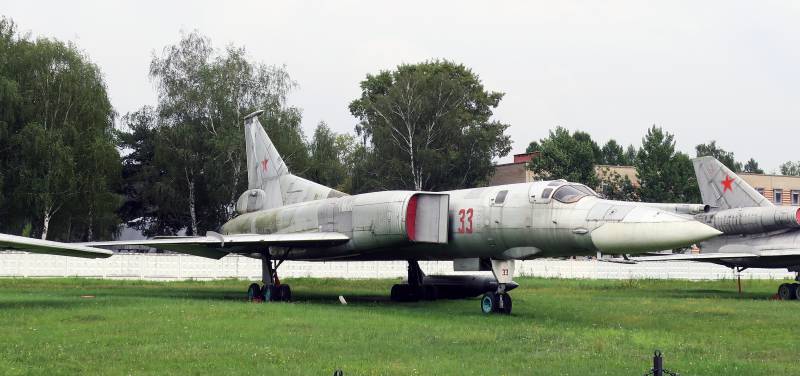
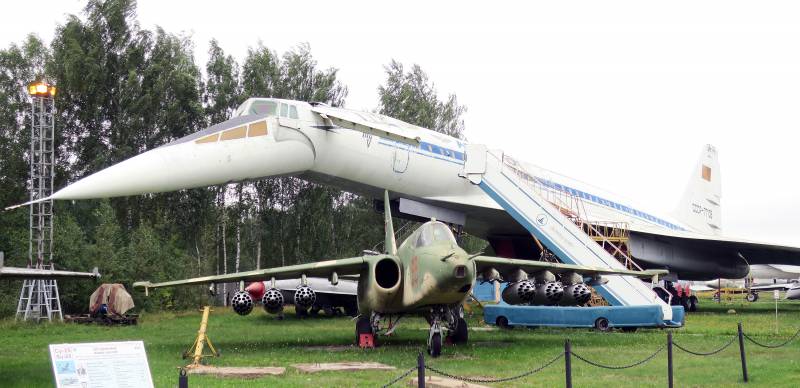
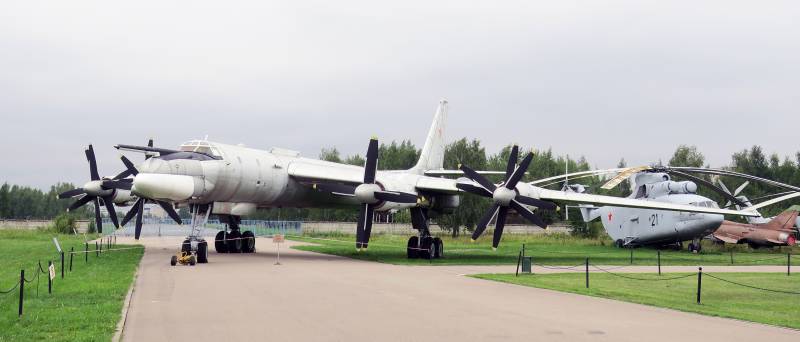
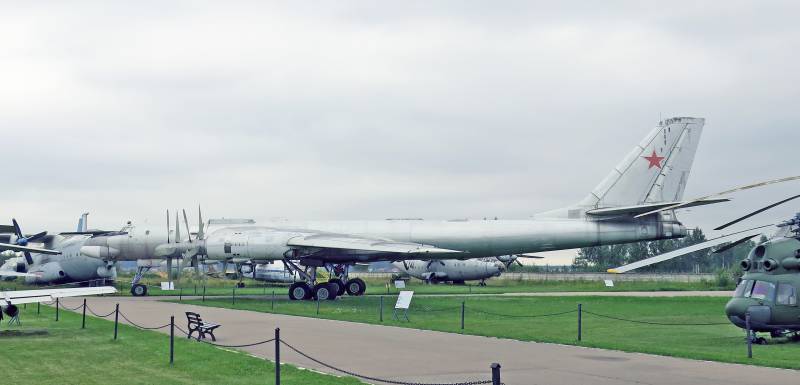
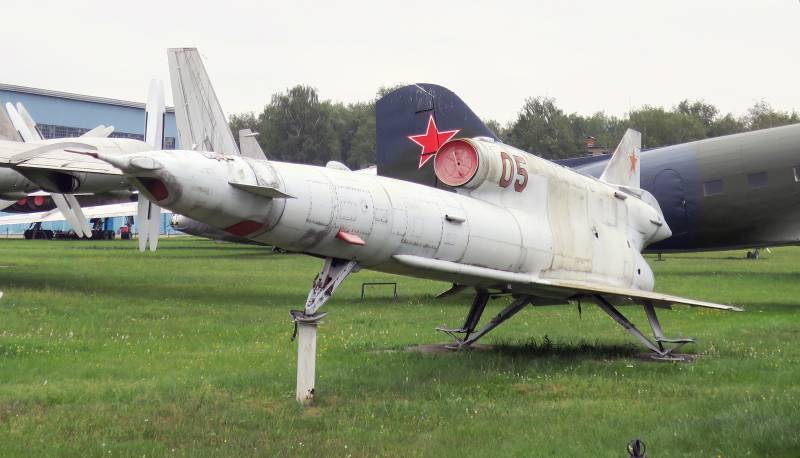
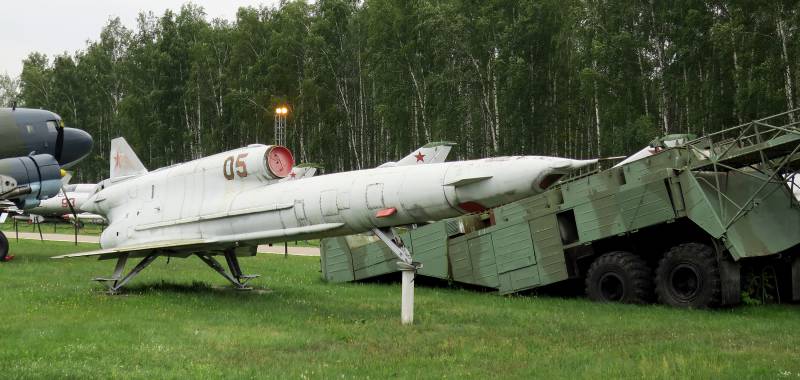
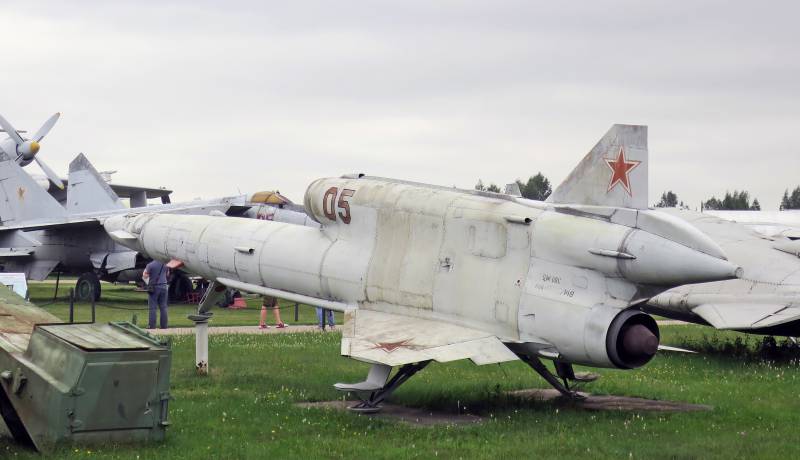
Information